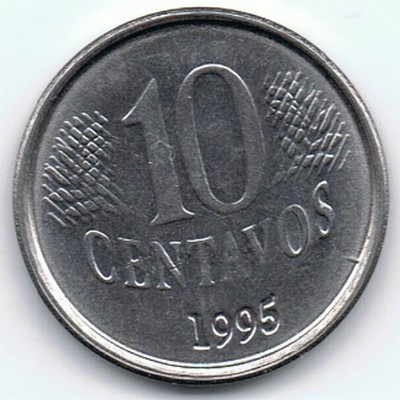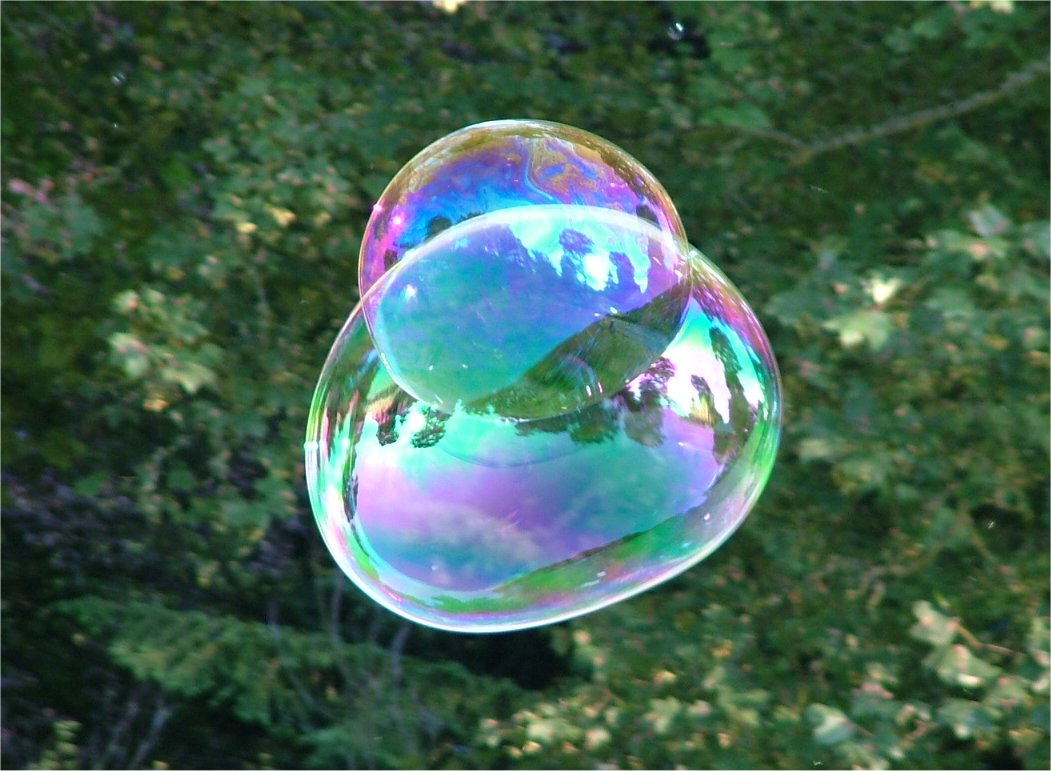|
Optically Variable Ink
Optically variable ink (OVI) also called color shifting ink is an anti-counterfeiting measure used on many major modern banknotes, as well as on other official documents ( professional licenses, for example). The ink displays two distinct colors depending on the angle the bill is viewed at. The United States fifty-dollar bill, for example, uses color shifting ink for the numeral 50 so that it displays copper at one angle and bright green in another. OVI is particularly useful as an anti-counterfeiting measure as it is not widely available, and it is used on security printing. One major manufacturer is a Swiss company called SICPA (Société Industrielle et Commerciale de Produits pour l'Agriculture). Additional suppliers include German company Gleitsmann Security Inks, Sun Chemical (through their Brand Protection Division based in Manchester, UK), and the Swiss company Printcolor AG, located in Berikon, Switzerland. Color-shifting inks reflect various wavelengths in white ... [...More Info...] [...Related Items...] OR: [Wikipedia] [Google] [Baidu] [Amazon] |
Sun Chemical
Sun Chemical is one of the world's largest producer of printing inks and pigments and is located in Parsippany-Troy Hills, New Jersey. It was incorporated in 1945. The company has its roots as the Lorilleux & Cie. Paris in 1818, but was incorporated under the Sun name in 1945. The company operates the Daniel J. Carlick Technical Center in Carlstadt, New Jersey. Sun Chemical is a member of the DIC Corporation group of companies based in Japan. The company provides materials to packaging, publication, coatings, plastics, cosmetics and other industrial markets, including electronic materials, functional and specialty coatings, brand protection Brand protection is the process and set of actions that a right holder undertakes to prevent third parties from using its intellectual property without permission, as this may cause loss of revenue and, usually more importantly, destroys brand eq ... and product authentication technologies. Sites Africa South Africa In South Africa the c ... [...More Info...] [...Related Items...] OR: [Wikipedia] [Google] [Baidu] [Amazon] |
Brazilian Real
The Brazilian real (plural, pl. '; currency symbol, sign: R$; ISO 4217, code: BRL) is the official currency of Brazil. It is subdivided into 100 centavos. The Central Bank of Brazil is the central bank and the issuing authority. The real replaced the Brazilian cruzeiro real, cruzeiro real in 1994. the real was the twentieth most traded currency. History Currencies in use before the current real include: * The ''Portuguese real'' from the 16th to 18th centuries, with 1,000 ''réis'' called the ''milréis''. * The ''Brazilian real (old), old Brazilian real'' from 1747 to 1942, with 1,000 ''réis'' also called the ''milréis''. * The ''Brazilian cruzeiro (1942–1967), first cruzeiro'' from 1942 to 1967, at 1 cruzeiro = 1 ''milréis'' or 1,000 ''réis''. * The ''Brazilian cruzeiro novo, cruzeiro novo'' from 1967 to 1970, at 1 cruzeiro novo = 1,000 first cruzeiros. From 1970 it was simply called the ''Brazilian cruzeiro (1967-1986), (second) cruzeiro'' and was used until 1986. * ... [...More Info...] [...Related Items...] OR: [Wikipedia] [Google] [Baidu] [Amazon] |
Euro Banknotes
Banknotes of the euro, the common currency of the eurozone (euro area members), have been in circulation since the first series (also called ''ES1'') was issued in 2002. They are issued by the national central banks of the Eurosystem or the European Central Bank. The euro was established in 1999, but "for the first three years it was an invisible currency, used for accounting purposes only, e.g. in electronic payments". In 2002, notes and Euro coins, coins began to circulate. The euro rapidly took over from the former national currencies and slowly expanded around the European Union. Denominations of the notes range from €5 to €500 and, unlike euro coins, the design is identical across the whole of the eurozone, although they are issued and printed in various member states. The euro banknotes are pure cotton fibre, which improves their durability as well as giving the banknotes a distinctive feel. They have a variety of color schemes and measure from to (first series) and ... [...More Info...] [...Related Items...] OR: [Wikipedia] [Google] [Baidu] [Amazon] |
ChromaFlair
ChromaFlair is a pigment used in paint systems, primarily for automobiles. When the paint is applied, it changes color depending on the light source and viewing angle. It was created at Optical Coating Laboratory, Inc. (OCLI) ater JDS Uniphase and Viavi Solutionsin 1979 and is used by DuPont and PPG. Names The paint system (and competing versions made by other companies) are known by a wide variety of proprietary names, including ''ChromaLusion'', ''ChromaPremier'', ''ColourShift'', ''Exclusive Line'', ''Extreme Colors'', ''Harlequin Color'', ''IllusionColor'', ''Maziora'', ''MultiTones'', ''MystiChrome'', ''Ch(K)ameleon'', ''Interference Fireglow'' and ''Paradis Spectrashine''. Effect The ChromaFlair effect is achieved by interfering with the reflection and refraction of light from the painted object's surface. The paint contains tiny synthetic flakes about one micrometer thick. The flakes are constructed of aluminium coated with glass-like magnesium fluoride embedded in s ... [...More Info...] [...Related Items...] OR: [Wikipedia] [Google] [Baidu] [Amazon] |
Glitter
Glitter is an assortment of flat, small, reflective particles that are precision cut and come in a variety of shapes, sizes, and colors. Glitter particles resemble confetti, sparkles and sequins, but somewhat smaller. Since prehistoric times, glitter has been made from many different materials including stones such as malachite, and mica, as well as insects and glass. Uses for glitter include clothing, arts, crafts, cosmetics and body paint. Modern glitter is usually manufactured from the Metallised film, combination of aluminum and BoPET, plastic, which is rarely recycled and can find its way into aquatic habitats, eventually becoming ingested by animals, leading some scientists to call for bans on plastic glitter. Antiquity Glittering surfaces have been found to be used since prehistoric times in the arts and in cosmetics. The modern English word "glitter" comes from the Middle English word ''gliteren'', possibly by way of the Old Norse word ''wikt:glitra, glitra.'' Howeve ... [...More Info...] [...Related Items...] OR: [Wikipedia] [Google] [Baidu] [Amazon] |
Pearlescent
Iridescence (also known as goniochromism) is the phenomenon of certain surfaces that appear gradually to change colour as the angle of view or the angle of illumination changes. Iridescence is caused by wave interference of light in microstructures or thin films. Examples of iridescence include soap bubbles, feathers, butterfly wings and seashell nacre, and minerals such as opal. Pearlescence is a related effect where some or most of the reflected light is white. The term pearlescent is used to describe certain paint finishes, usually in the automotive industry, which actually produce iridescent effects. Etymology The word ''iridescence'' is derived in part from the Greek word ἶρις ''îris'' ( gen. ἴριδος ''íridos''), meaning ''rainbow'', and is combined with the Latin suffix ''-escent'', meaning "having a tendency toward". Iris in turn derives from the goddess Iris of Greek mythology, who is the personification of the rainbow and acted as a messenger of the go ... [...More Info...] [...Related Items...] OR: [Wikipedia] [Google] [Baidu] [Amazon] |




